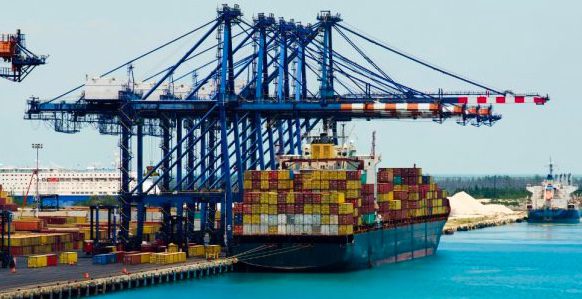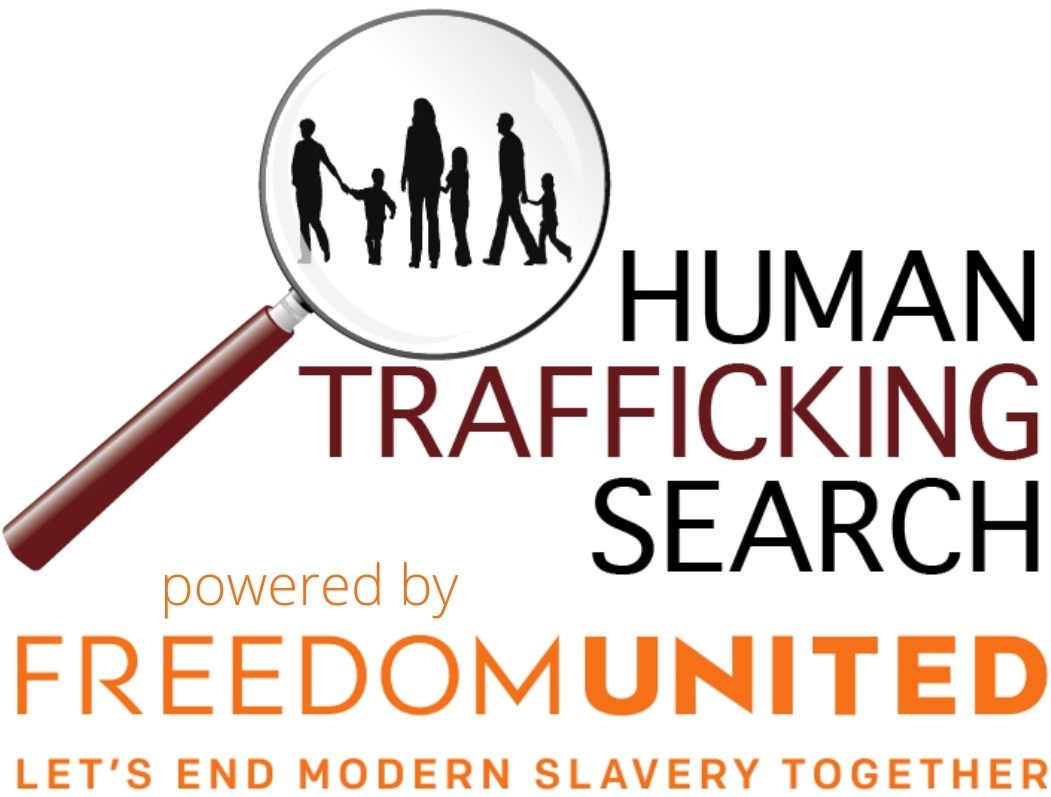
Pros and cons- taking a deeper look at forced labor import bans
In her insightful Open Democracy article, Judy Fudge unpacks the growing popularity of forced labor import bans—and urges us to think twice before praising them as an easy fix for exploitation in global supply chains.
Forced labor import bans allows customs officials to stop goods at the border if they suspect the supply chain used forced labor. Governments in the global North—including the US, Canada, and Mexico—have embraced them, and the EU is moving in the same direction. At first glance, these bans look like a strong stand against modern slavery. But as Fudge argues:
“Before we jump on the ban wagon, we should pause to consider some of the lessons labour advocates have learned from observing over 20 years of enforcing anti-trafficking-law. These include: the impact of the provenance of governance instruments on their effectiveness; the ways instruments are used for a range of political ends; the ways they create collateral damage; and how their use lends them legitimacy, even when they are deeply flawed.”
Protecting workers—or just markets?
Fudge reminds us that forced labor import bans are hardly new—they have deep roots in trade protectionism. Section 307 of the 1930 US Tariff Act, the earliest of these bans, was not designed to stop human trafficking but to “protect US producers and US workers from being undercut by foreign suppliers who were importing goods made cheap by forced labour.” For decades, this section went unenforced until the Obama administration closed a loophole in 2015.
Under the Trump administration, Section 307 resurfaced itself as part of an “America first” agenda, targeting Chinese imports in particular. One of the clearest examples is the Uyghur Forced Labor Prevention Act (UFLPA), passed in 2021.
Meanwhile, the EU’s ban passed in 2023 reflects both worries about China’s growing influence and pressure from civil society. As Fudge writes, “States in the global North are designing and enforcing forced labour bans with the primary aim of protecting their own markets and workers.”
